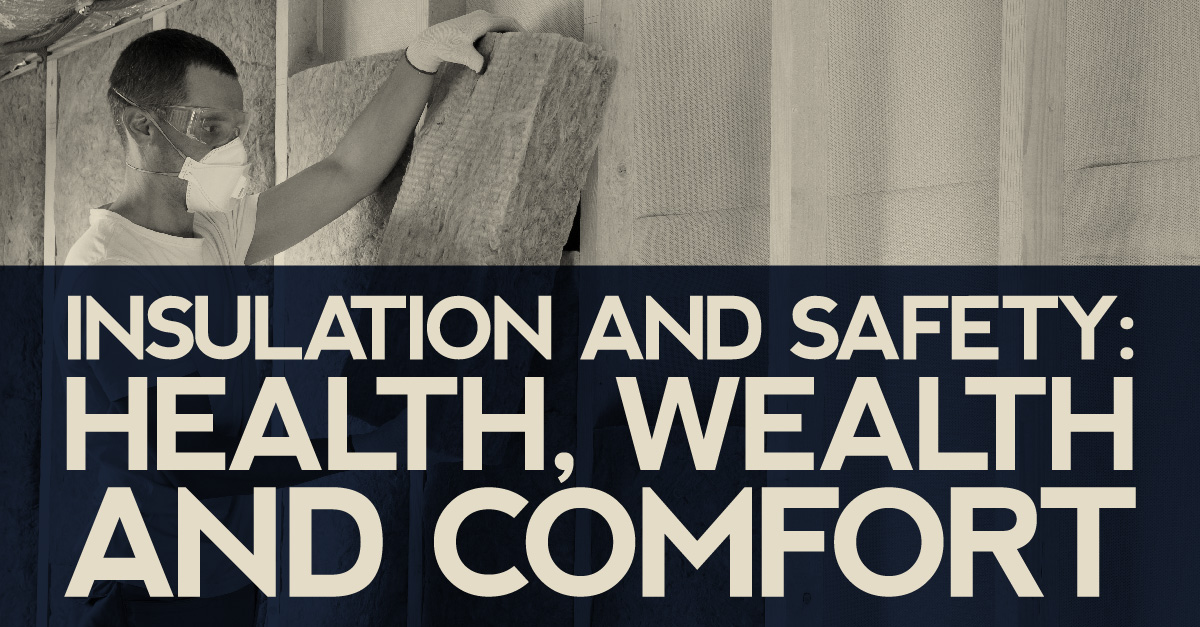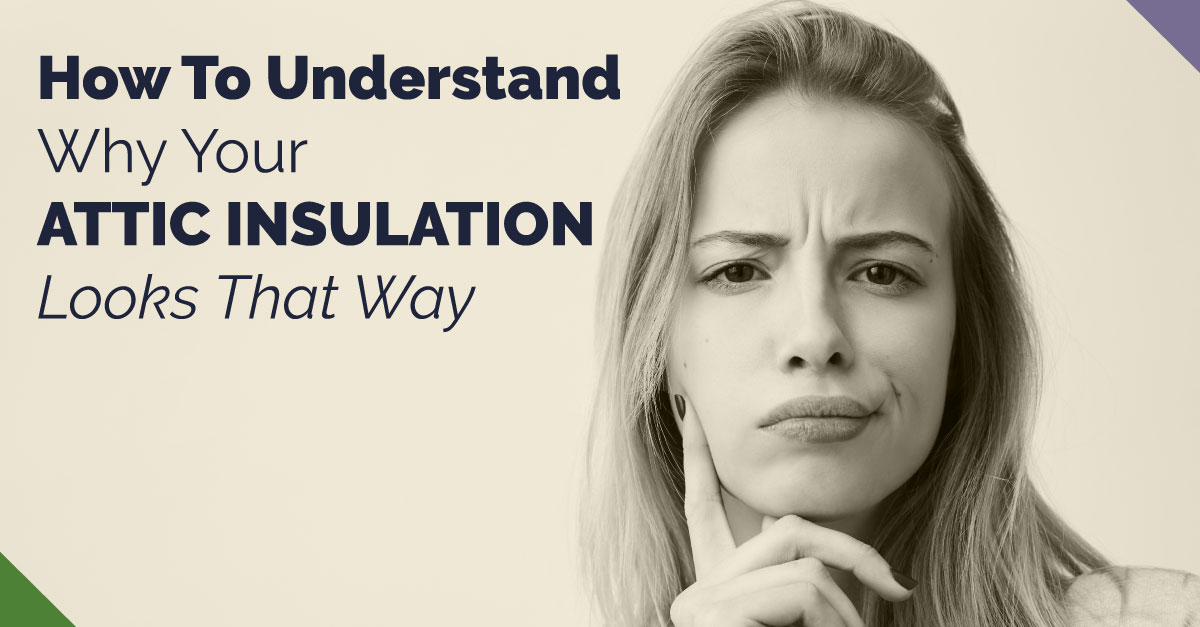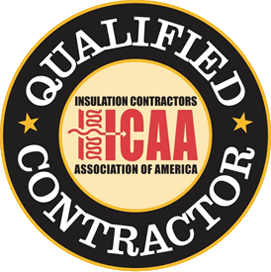
It’s not as though you see it every day, or even every season. So when it’s time to add insulation to your home, that “strange looking substance,” most commonly in the form of batts, loose fill or foam, can trigger some understandable questions.
So rest assured: insulation cannot harm you. It cannot hurt you. And it won’t make you sick. In fact, installing insulation can actually improve your family’s general health and well-being by controlling moisture.
Health – Too much of a “good thing” can backfire
As you may know, every home needs some moisture in the air. Dry air is decidedly unhealthy since it can inflame the mucous membranes which line the respiratory tract. This condition, in turn, increases the risk of contracting the flu and other infections.
Even your home can suffer from dry air. It can cause hardwood floors and wood furniture to contract and crack, breaking open along the seams.
But too much moisture in a home isn’t healthy, either. It can spawn mold and mildew growth, which can trigger breathing ailments even in otherwise healthy people. And it can undermine the structural integrity of your home, especially in the walls and floors.
The solution isn’t nearly as complex as you might fear. You can negate the influence of moist, humid air by ensuring you have the right amount of insulation in your home.
Take The Upper Hand On Your Indoor Air
In terms of controlling moisture, it may help to think of insulation as the crowning touch, installed after your home is both properly ventilated to ensure a proper flow of air and also correctly sealed so that the conditioned air you’re paying for doesn’t escape, especially through doors and windows.
Admittedly, it can be a delicate balance to achieve, and you may need professional assistance to do it. But your indoor air will be healthier as a result. (And don’t forget: a proper amount of insulation also makes your home less expensive to heat and cool.)
Before you ask Albuquerque’s premier insulation company to inspect your home for the proper amount of insulation, you may wish to check your home’s indoor relative humidity level. The U.S. Environmental Protection Agency recommends a level of between 40 and 50 percent, which you can monitor with a humidity gauge, also known as a hygrometer.
This handy tool is sold at most home improvement and hardware stores. And who knows? It may strike you as just as “strange looking” as the insulation keeping you and your family comfortable and healthy.
Wealth – Insulation controls energy costs
If you’re like many adults, your “internal thermostat” is quite dependable, responding quickly to changes in temperature. But what happens when your internal alerts differ from the temperature displayed on your home thermostat? Chances are, it’s a sign your insulation is faltering – a condition which affects your comfort as much as your budget.
After a home is sealed properly with caulk and weather stripping, insulation can deliver on its multiple promises. This is a result homeowners can feel physically as well as financially.
In fact, homeowners can save an average of 20-30% on their cooling and heating costs by “air sealing their homes and adding insulation to attics, floors over crawl spaces, and accessible basement rim joists,” the Department of Energy and the U.S. Environmental Protection Agency says.
This is no small amount, especially considering that most homeowners spend about $2,000 a year to cool and heat their homes, the department says.
Insulation ranked as a superior investment
Insulation is no different from other investments you make in your home: you spend a little money to save money. But there is good news on this front, too. Remodeling magazine’s “Cost. vs. Value Report” found that the value of attic insulation actually exceeds its cost. “Putting loose-fill insulation in an attic is the only project that returns a higher value than its cost,” the report says of 29 home maintenance projects it evaluated.
Comfort – Insulation provides tangible benefits
Like many homes in America, yours may lose about 20% of its conditioned air through the “envelope” – a building term that refers to a home’s roof, attic, subfloor, exterior doors, exterior walls, and windows. “If you added up all the leaks, holes and gaps in a typical home’s envelope, it would be the equivalent of having a window open every day of the year,” the U.S. Department of Energy says.
Insulation – bolstered by proper air sealing – counteracts this wasteful force of nature, keeping a home cooler in the summer and warmer in the winter. Insulation provides other tangible benefits, too, including:
- Improving humidity control – the primary function of air conditioning
- Blunting dust, dirt, pollen and other outdoor contaminants from seeping into a home
- Blocking the entry of insects, rodents and other pests
- Muffling outdoor noise
As the saying goes, “seeing is believing,” but with insulation, feeling is believing, too. Millers will be delighted to make a believer out of you. Call us for an in-home consultation to set your internal thermostat right.










